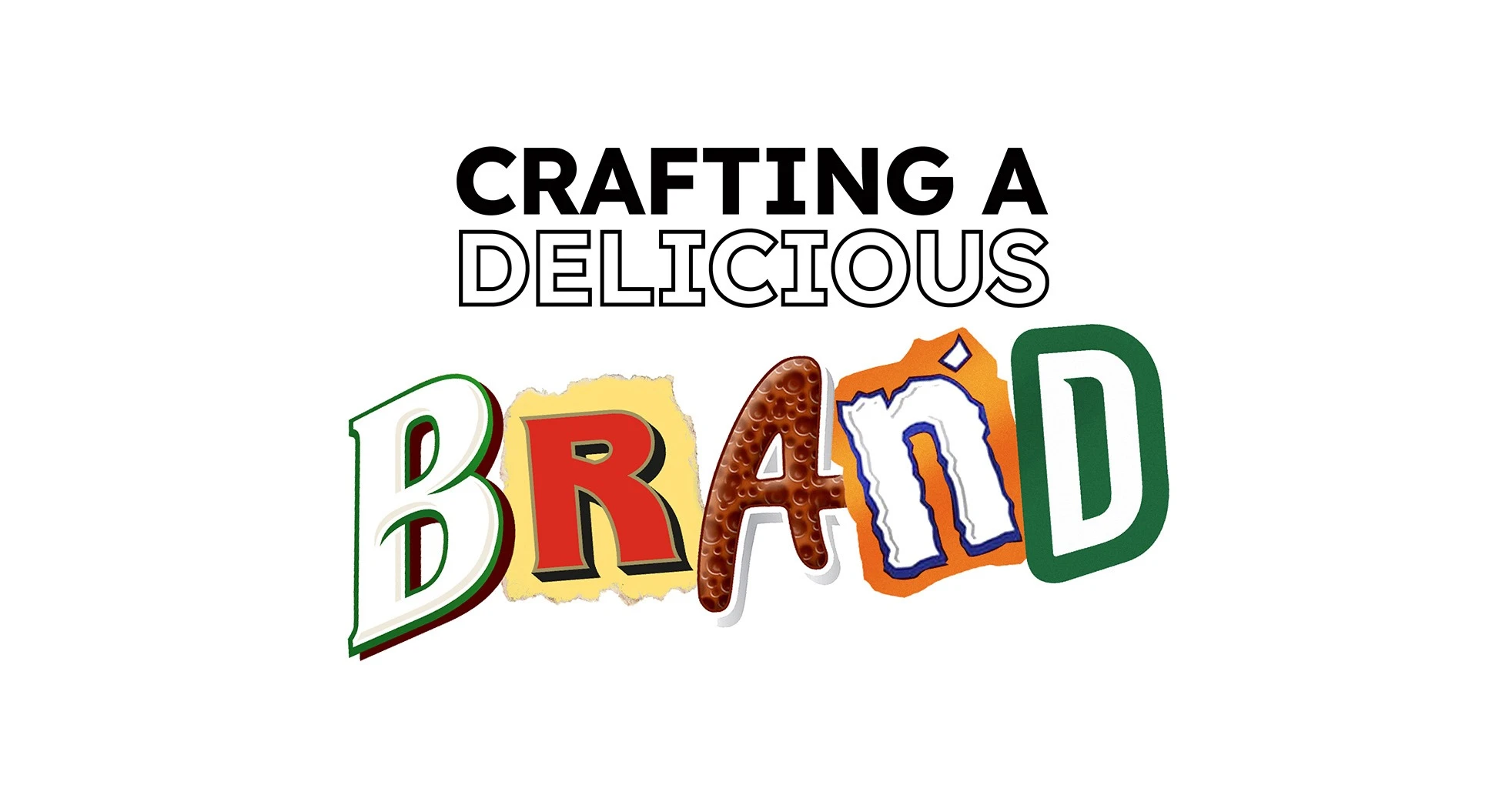4 minutes
In the competitive world of food marketing, great branding can be what sets your business apart and ensures you succeed. Effective food branding not only helps you establish a unique identity, but also connects with your target audience on a deeper, more emotional level.
The ideal food branding combines verbal and visual communication - to provoke an emotional response, which will define your brand positioning and resonate in the minds of your target consumers.
It’s not just about the physical look of your logo, product or brand style – it’s the messaging you use alongside this. Both have to come together in harmony to achieve perfect brand perception in the mind of your customer!
To do this, your branding choices need to also complement your business strategies and goals. For example, a company whose top priority is customer acquisition benefits from different branding strategies than a company whose priority is customer retention.
But to complicate things further, the food industry has to make branding decisions based on both their business style and what their audience finds appetising!
This means choosing an eye-catching colour scheme, logo, and imagery that is going to sell your brand to customers.
Your customers can also easily sense when your messaging is fake or forced, so you’ll need to develop an authentic message that aligns with your brand’s values.
One example of this is Tony’s Chocolonely’s mission to eradicate slavery in the chocolate industry. They make their mission part of everything they do – helping to establish their brand as one customers can trust – helping to build brand loyalty.
Another brand who achieves this well is Innocent Smoothies – and the playful voice they have cultivated is used right through from their packaging, to social media campaigns and their advertising too.
Here’s a few handy tips to help you on your way….
- Know your audience: if your audience is made up of an older customer base, or you’re a luxury brand, you’re going to want to set a different tone from a youth-focused or health-focused brand.
- Be authentic: Customers can spot inauthenticity a mile off, and besides, why would you want to try and portray and image that’s not really you? That’s a lot of effort.
- Create an emotional bond: The very best branding provides an emotional reaction – it doesn’t have to be as extreme as a weepy John Lewis Christmas advert, but it should move something within your customer.
- Be clear on your story: Let everyone know what you stand for, where you’re from, and what you want to achieve.
- Stand out from the crowd: You can’t just copy other brands (we’ve seen how it went down with M&S and Aldi), really think about what sets you apart.
- Know your enemy: Ok, enemy is a bit of a strong word. Know your competitors. What are your strengths? What are they not doing? How can you stand out?
- Strategic thinking: have a strategy that aligns with your business goals. Want a listing in a supermarket? This will be a different strategy to wanting people to buy from your dedicated website or Amazon shop.
- Engage your audience: Keep a consistent tone of voice, communicate regularly, create content which aligns with their values and interests, not just sales messaging.
- Develop a concept you can evolve with: Make sure your branding can move with the times – and can be placed on new products in the future.
- Keep it consistent: Don’t use a wide colour pallet, or lots of different logos – ensure you’re consistent, so you’re instantly recognisable with your audience.
If you’d like to see how Bluestorm can help you on your food branding journey, please get in touch.

![Hyper Personalisation_Thumbnail[93]](https://d1ah4myvog1olc.cloudfront.net/images/Hyper Personalisation_Thumbnail[93].webp)

